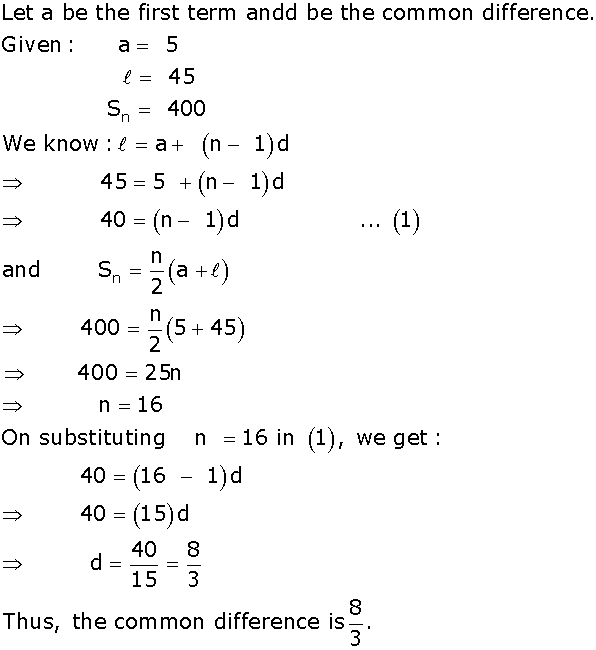CBSE [Delhi]_X_Mathematics_2014_Set I
To Access the full content, Please Purchase
-
Q1
The first three terms of an AP respectively are
3y – 1, 3y + 5 and 5y + 1. Then y equals:
(A) –3
(B) 4
(C) 5
(D) 2Marks:1View AnswerAnswer:
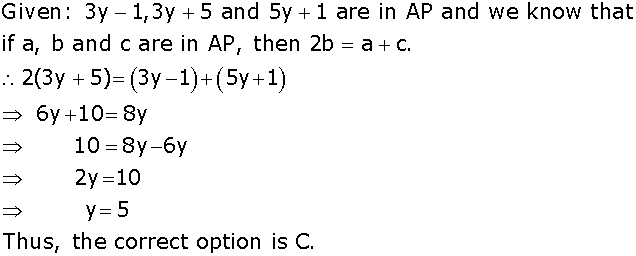
-
Q2
In Figure, QR is a common tangent to the given circles, touching externally at the point T. The tangent at T meets QR at P. If PT = 3.8 cm, then the length of QR (in cm) is :
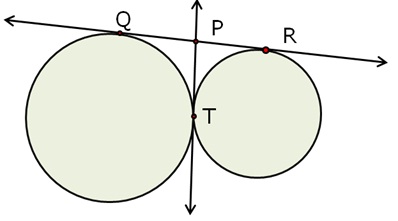
(A) 3.8
(B) 7.6
(C) 5.7
(D) 1.9Marks:1View AnswerAnswer:
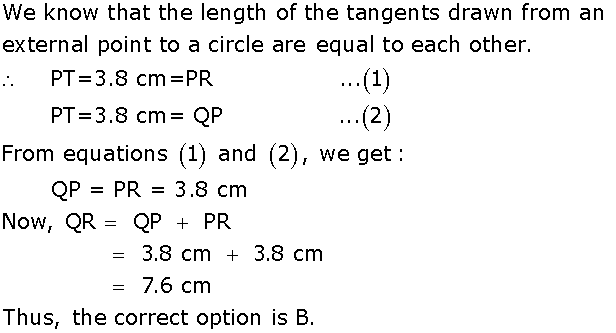
-
Q3
In Figure, PQ and PR are two tangents to a circle with centre O. If ∠QPR = 46°, then ∠QOR equals:
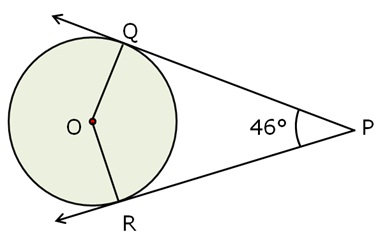
(A) 67°
(B) 134°
(C) 44°
(D) 46°Marks:1View AnswerAnswer:
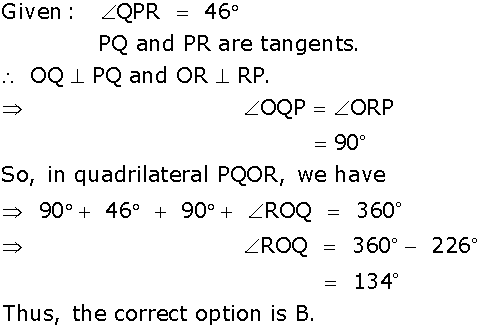
-
Q4
A ladder makes an angle of 60° with the ground when placed against a wall. If the foot of the ladder is 2 m away from the wall, then the length of the ladder (in metres) is:
(A) 4/√3
(B) 4√3
(C) 2√2
(D) 4Marks:1View AnswerAnswer:
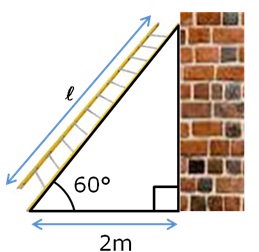
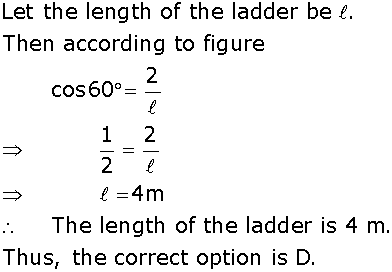
-
Q5
If two different dice are rolled together, the probability of getting an even number on both dice, is:
(A) 1/36
(B) 1/2
(C) 1/6
(D) 1/4Marks:1View AnswerAnswer:
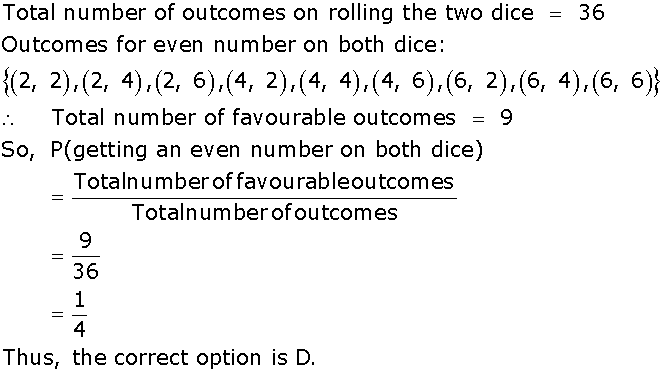
-
Q6
A number is selected at random from the numbers 1 to 30. The probability that it is a prime number is:
(A) 2/3
(B) 1/6
(C) 1/3
(D) 11/30Marks:1View AnswerAnswer:
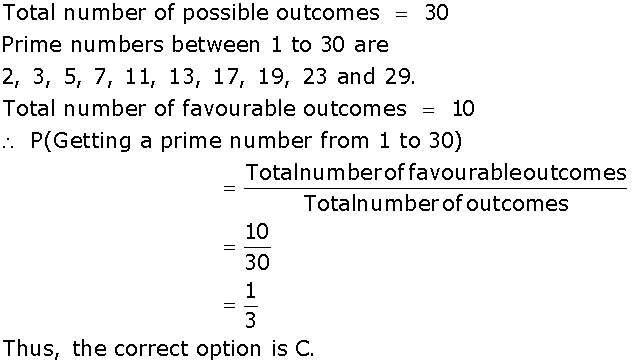
-
Q7
If the points A(x, 2), B(−3, −4) and C(7, − 5) are collinear, then the value of x is:
(A) −63
(B) 63
(C) 60
(D) −60Marks:1View AnswerAnswer:
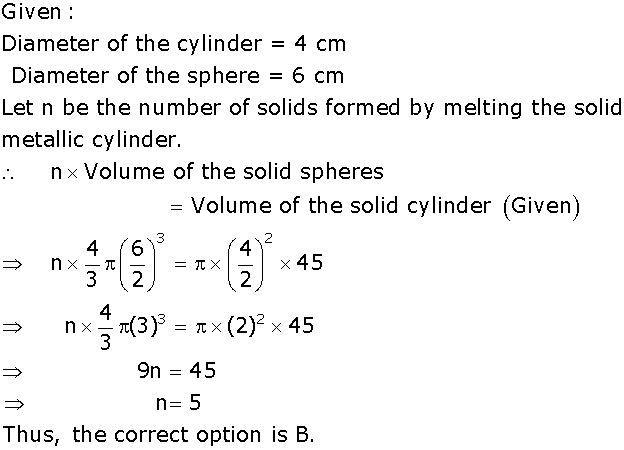
-
Q8
The number of solid spheres, each of diameter 6 cm that can be made by melting a solid metal cylinder of height 45 cm and diameter 4 cm, is:
(A) 3
(B) 5
(C) 4
(D) 6Marks:1View AnswerAnswer:
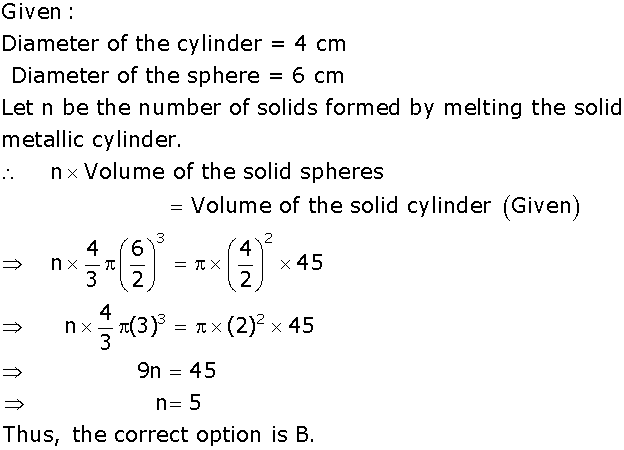
-
Q9
Solve the quadratic equation 2x2 + ax − a2 = 0 for x.
Marks:2View AnswerAnswer:
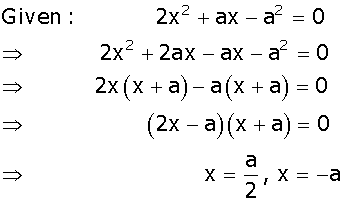
-
Q10
The first and the last terms of an AP are 5 and 45 respectively. If the sum of all its terms is 400, find its common difference.
Marks:2View AnswerAnswer:
